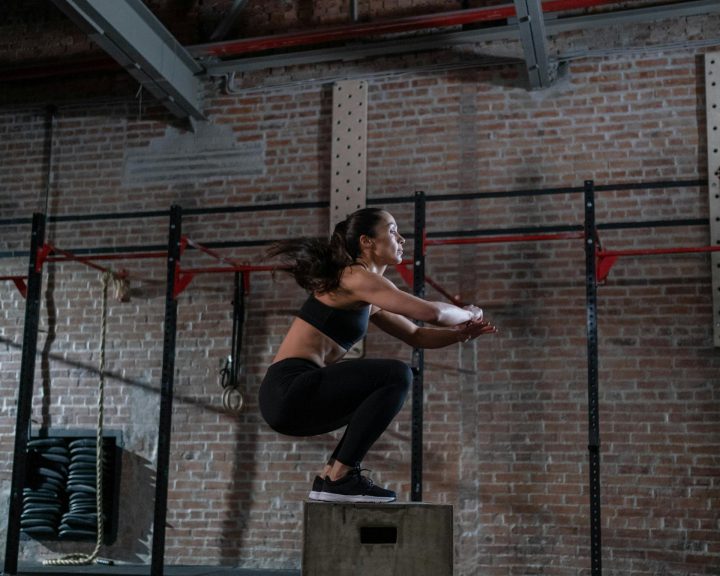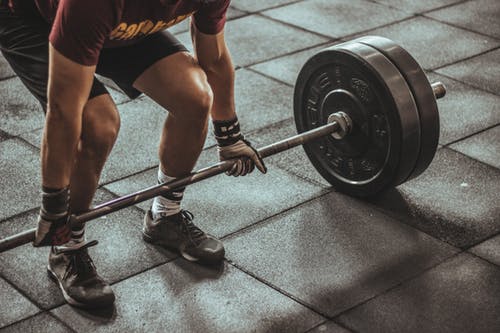Variable resistance training has been around for more than 10 years now. First popularized by the powerlifting community, today they are widely used in the strength and conditioning of athletes. These tools include elastic bands or chains.
Riviere et al, in the Journal of Strength and Conditioning Research, researched whether the use of bands was more effective over six weeks than strength training without the bands. In addition to looking at strength, the authors also looked at how the use of bands impacted the velocity and power outputs of the athlete’s studied.
The authors studied two groups of elite youth rugby players. Both groups trained twice a week for six weeks. Both groups did the exact same workouts, except one group performed the bench press exercise with 20% of the prescribed load coming from elastic bands. The other group did not use elastic bands.
Training sessions were total body workouts, divided so that the first day of the week was heavier than the second. Training was periodized in that exercises, intensities, and volumes were changed from week to week.
Results:
- The variable resistance group increased their bench press 1-RM by over 5% over the study, the other group by a little over 4.5%.
- Relative bench press strength (1-RM/body weight) increased by almost 6% in the variable group and almost 4% in the other group.
- The variable group improved their barbell velocity at 75% and 85% of 1-RM. Very small improvement for the other group.
- The power output improved at 75% and 85% of 1-RM for the variable group, very small improvement for the other group.
In this study, variable resistance training (i.e. elastic bands) was more effective at increasing strength, relative strength, barbell velocity during heavier weights, and the power output. Now, the difference in strength gains was only around .5% between the two groups, but if you think about it that could make a pretty big real-world performance difference with high level athletes. In addition, the variable resistance training group was able to use that strength by increasing barbell velocity at higher force outputs and to increase power. All of which is important for athletes.
It needs to be pointed out that this is not the definitive word on the subject. Still, it points out a need for further research on this. It would be interesting to see if the results hold with the squat. For example, would performing a similar study with bands and the squat lead to an increase in velocity and power? Could that change in velocity and power lead to improvements in sprinting and jumping?
Riviere, M., Louit, L., Strokosch, A., and Seitz, L.B. (2017). Variable resistance training promotes greater strength and power adaptations than traditional resistance training in elite youth rugby players. Journal of Strength and Conditioning Research, 31(4), 947-955.




